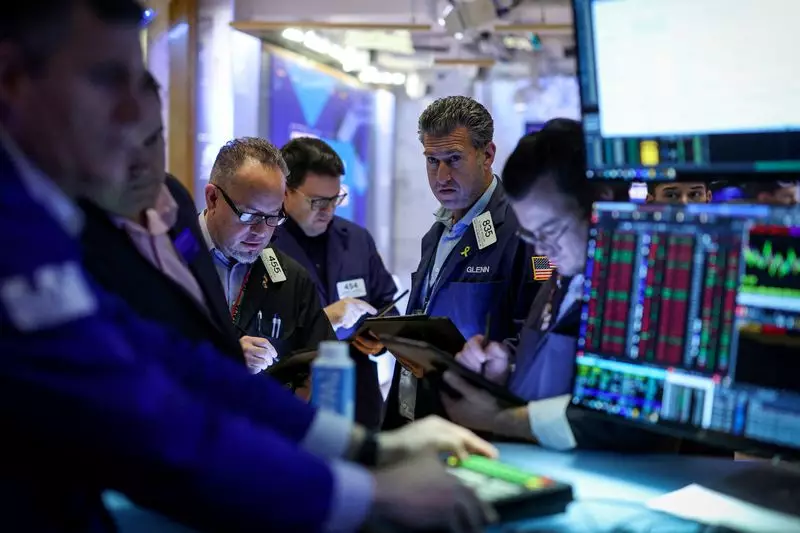In the wake of a remarkable performance by U.S. stocks throughout 2024, investors are now bracing themselves for a potentially volatile new year. As they enter January, expectations are high due to seasonal trends, upcoming economic indicators, and a significant political transition in Washington. Analysts are cautious, however, as the road ahead is fraught with uncertainty.
The year 2024 turned out to be a notable one for the U.S. stock market, with the S&P 500 gaining approximately 25% by late December and the tech-heavy Nasdaq Composite index surpassing the 20,000 mark, boasting growth well above 31%. This exceptional performance has set a positive tone leading into January, traditionally seen as a period known for bullish sentiment—a phenomenon often referred to as the Santa Claus rally. Historically, this rally has driven an average increase of 1.3% in the S&P during the closing days of December into the new year. However, despite strong gains, traders exhibited caution last Friday, taking profits and speculating on January’s trajectory.
Factors Influencing Market Performance
The emotional climate surrounding the stock market is sensitive, particularly with the upcoming release of crucial economic data. On January 10, the U.S. employment statistics will provide insights into the economy’s health and its ability to sustain this growth. After a dip due to factors such as natural disasters and labor strikes, job growth indicators are expected to rebound, igniting interest among investors.
Furthermore, attention will shift to corporate earnings reports, which are set to commence shortly thereafter. Expectations are for a notable increase in year-over-year earnings per share, though slightly tempered compared to projections for 2024. This anticipated growth, fueled by optimism regarding President-elect Donald Trump’s proposed policy changes, particularly in sectors like banking and energy, adds another dimension to market speculation.
January 20 marks a significant date with Trump’s inauguration expected to unleash a wave of executive actions. Early predictions suggest a substantial number of executive orders addressing various policy areas, including immigration, trade, and energy. Each of these policies will have considerable implications, adding layers of uncertainty regarding market stability and performance. Analysts express that the potential effects of Trump’s policies, especially around tariffs and trade negotiations, are not fully reflected in current market valuations.
Helen Given, a seasoned trader, emphasizes the unpredictability synonymous with a new administration. Such uncertainties often lead to market hesitance as participants await clarity on which policies will be enacted and when. The prospective impacts could ripple through global currency markets, particularly affecting the euro, the Mexican peso, the Canadian dollar, and the Chinese yuan.
Economic policy from the Federal Reserve also plays a crucial role in shaping market dynamics. The upcoming monetary policy meeting, scheduled for late January, could have pivotal outcomes. The Fed’s decisions to adjust interest rates and its current stance on inflation will be under scrutiny, particularly in light of past instances where market confidence waned following the central bank’s announcements regarding rate changes. Investors will need to weigh the immediate impacts versus the broader economic signals resulting from the Fed’s planned course of action.
Some experts, like Damon Polistina, foresee potential upside for alternative assets, including cryptocurrencies, amid a crypto-friendly administration. As policies evolve under the new leadership, opportunities in this sector may become increasingly attractive to investors seeking diversification amidst a complex economic landscape.
As we witness the dawn of 2025, the intricate dance between market forces, political policies, and economic data will determine the future trajectory of stocks. While momentum from the previous year inspires cautious optimism, investors are reminded of the delicate balance of confidence and caution. With significant hurdles on the horizon, understanding each component’s influence on market behavior will be critical. The challenge lies in navigating this landscape effectively, adapting strategies to harness growth while simultaneously protecting assets in potentially turbulent waters.
Ultimately, investors must remain vigilant, balancing their hopes for growth against the ever-present uncertainty that characterizes the financial markets.

